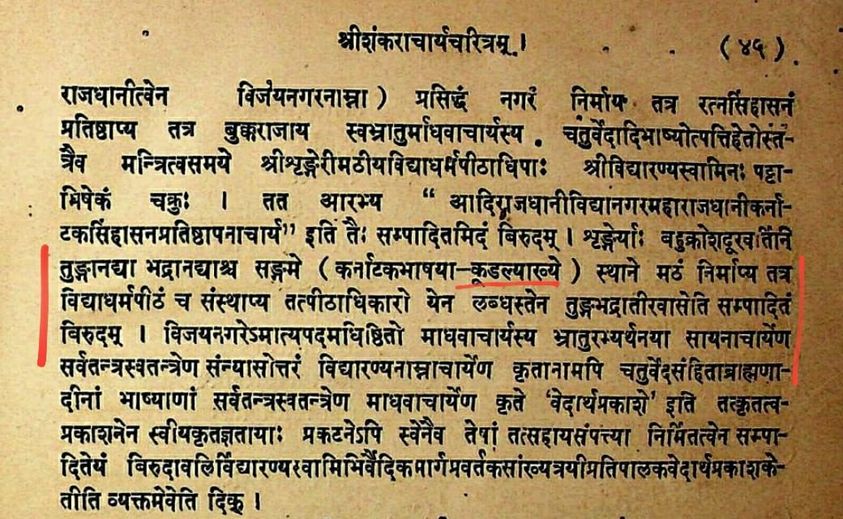Is Kedarnath the Samadhi-sthala of Pujyasri Shankara Bhagavatpadacharya?
Category: FAQ
Mathamnaya Manuscript before 18th Century?
Scholars who support the four mutts theory are requested to provide evidence for existence of at least one Mathamnaya manuscript written before the 18th century, as many believe this work is of recent origin.
8ஆம் நூற்றாண்டில் தென் இந்தியா
கேள்வி:
8ஆம் நூற்றாண்டில் தென் இந்தியாவில் ஆழ்வார்கள், நாயன்மார்களின் வழிவந்த பக்தி இயக்கங்கள், மன்னர்கள் மற்றும் மக்கள் பங்களிப்புடன் முழுமையாக வளர்ந்திருந்ததை சரித்திரச் சான்றுகள் நமக்குக் காட்டுகின்றன. சங்கர விஜயங்களில் சொல்லப்பட்டுள்ள வரலாற்றுச் சம்பவங்கள், அவரது சமயப் பணிகள் ஆகியன.. ஒன்று கூட இந்த கால கட்டத்தில் நிகழ்ந்திருக்க வாய்ப்பில்லை. எனவே சங்கராவதாரம் பொ.யு 788ஆம் ஆண்டிலன்றி அதற்கும் பல நூற்றாண்டுகள் முன்புதானே நிகழ்ந்திருக்க வேண்டும்?
Tatanka Pratishta Claim
Did Tunga Mathadhipati perform Tatanka Pratishta in 1764 CE, or
at any time before or after?
FAQ: Mathamnaya
Why did the propagation of the mathamnaya text begin during the 19th century and gain active promotion in the last century?
கேள்வி: ஸ்ரீசாரதா பீடம் எங்குள்ளது? ஸ்ரீசங்கராசார்யரின் ஸ்ரீசாரதாபீடவாஸம் பற்றி மாதவீய சங்கரவிஜயம் 16ஆவது அத்யாயத்தில் என்ன கூறப்பட்டுள்ளது?
பதில்: ஸ்ரீசங்கராசார்யரின் ஸர்வக்ஞ பீடாரோஹணத்தைத்தான் ‘சாரதாபீடவாஸம்’ என்று மாதவீய சங்கரவிஜயம் கூறுகிறது.
இந்த நூலின் முதல் ஸர்க்கத்தில் ‘षोडशे शारदापीठवाससः’ என்று குறிப்பிடப்பட்டுள்ளது. 16-ஆம் ஸர்க்கத்தில் ஸ்ரீஆசார்யருடைய சாரதா பீடவாஸம் கூறப்பட்டுள்ளதாக முன்னதாகவே முதல் ஸர்க்கத்தில் சொல்லப்படுகிறது. பிறகு, 16ஆவது ஸர்க்கத்தில் ஸ்ரீஆசார்யர்களின் ஸர்வக்ஞ பீடாரோஹணத்தைக் கூறிவிட்டு, ‘जयति यतिपते: शारदापीठवासः’ (16-18) என்று ஸர்வக்ஞ பீடத்தையே, ‘சாரதா பீடம்’ என்று இந்த நூலின் ஆசிரியரான நவகாளிதாஸ மாதவர் தெளிவுறக் கூறுவதால், துங்கா ச்ருங்கேரியில் சாரதா பீடம் என்ற ஒன்று இருப்பதாக மாதவீய க்ரந்தம் மூலம் வெளியாகவில்லை எனலாம். இதற்கு மாதவீயம் அல்லாத வேறு பழைய நூல்களில்தான் ப்ரமாணம் தேட வேண்டும் என்கிறபோது, பிற்காலத்தில் நவீனர் உருவாக்கிய புதிய மாதவீயத்தைச் சிலர் தூக்கிப் பிடிக்க முனைவதும் நகைப்பிற்குரியதே.
FAQ: Sharada in Kudali Sringeri and Virupaksha Mathas
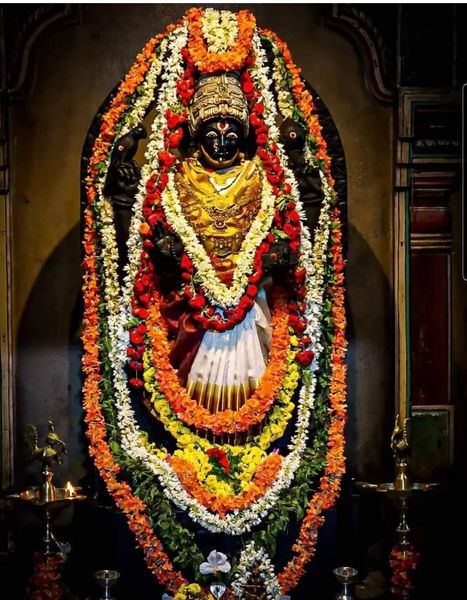
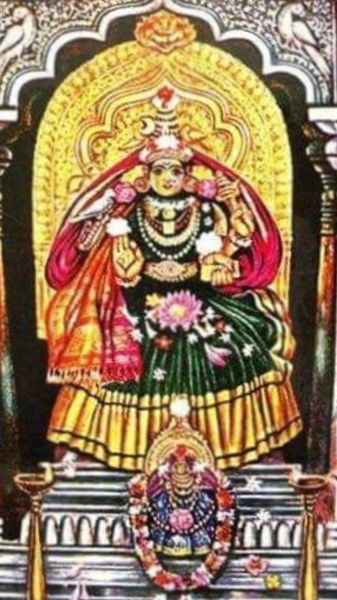
கேள்வி: கர்நாடக மாநிலம் துங்கபத்ரா (கூடலி) ச்ருங்கேரியில் மட்டும் நின்ற நிலையிலும், விரூபாக்ஷ ச்ருங்கேரி மற்றும் துங்கா ச்ருங்கேரியில் அமர்ந்தவாறும் இரண்டு விதமான திருக்கோலங்களில் ஸ்ரீசாரதாம்பாள் விக்ரஹம் ப்ரதிஷ்டிக்கப்பட்டுள்ளது ஏன்? இந்த வேறுபாட்டின் வரலாற்றுப் பின்னணி என்ன?
FAQ: Number of Mathas established by Bhagavatpada
वाराणसीमिति । योगिवर आचार्यः वाराणसीं काशीं वरणासोनद्योर्मध्ये स्थितत्वात् वाराणसी इति पृषोदरादित्वान्निपातितः । श्रीहरिश्रतुर्भुजैरिव शिष्यैः पद्मपादाचार्यादिभिः सह अधिगम्य प्राप्य आत्मना सह अमीषां शिष्याणां पञ्च मठान्प्रकल्प्य कतिचिद्दिनानि तस्थौ स्थितवान्। ‘कालाध्वनोरत्यन्तसंयोगे’ इति सप्तम्यर्थे द्वितीया ॥ २३ ॥
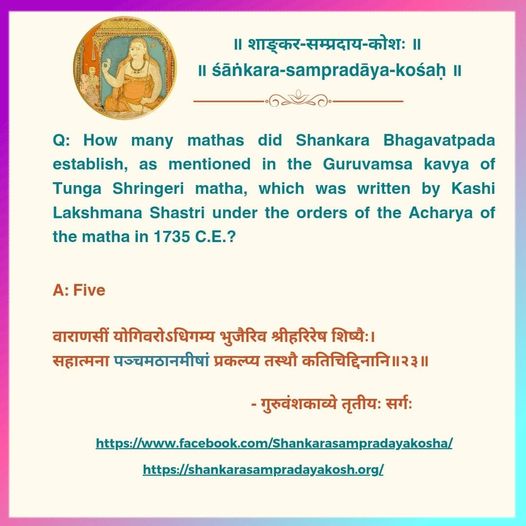
FAQ – Final days of Shri Shankaracharya
Q: What does Tunga Sringeri Matha’s Guruvamsakavya say about the final days of Shri Shankaracharya?
A: According to the Tunga Sringeri matha’s Guruvamsakavya, Towards the end of His career, Shri Shankaracharya traveled from Siddheshvara in Nepal to Dattatreya Ashrama, where He left His staff and water pot. Miraculously, His staff transformed into a tree, and His water pot became a tank. Finally He resided at the Dattatreya Ashrama in Mahuripuri, (Shri Renuka Devi Temple, Mahur, Nanded District, Maharashtra – See : Images), engaging in conversations with Shri Dattatreya.
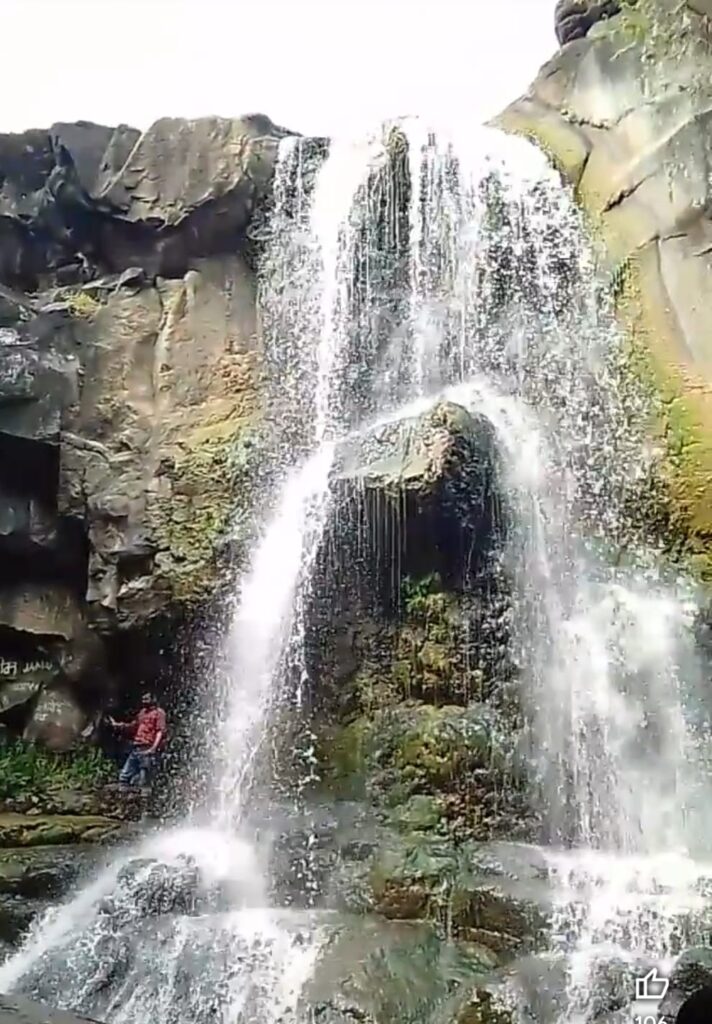
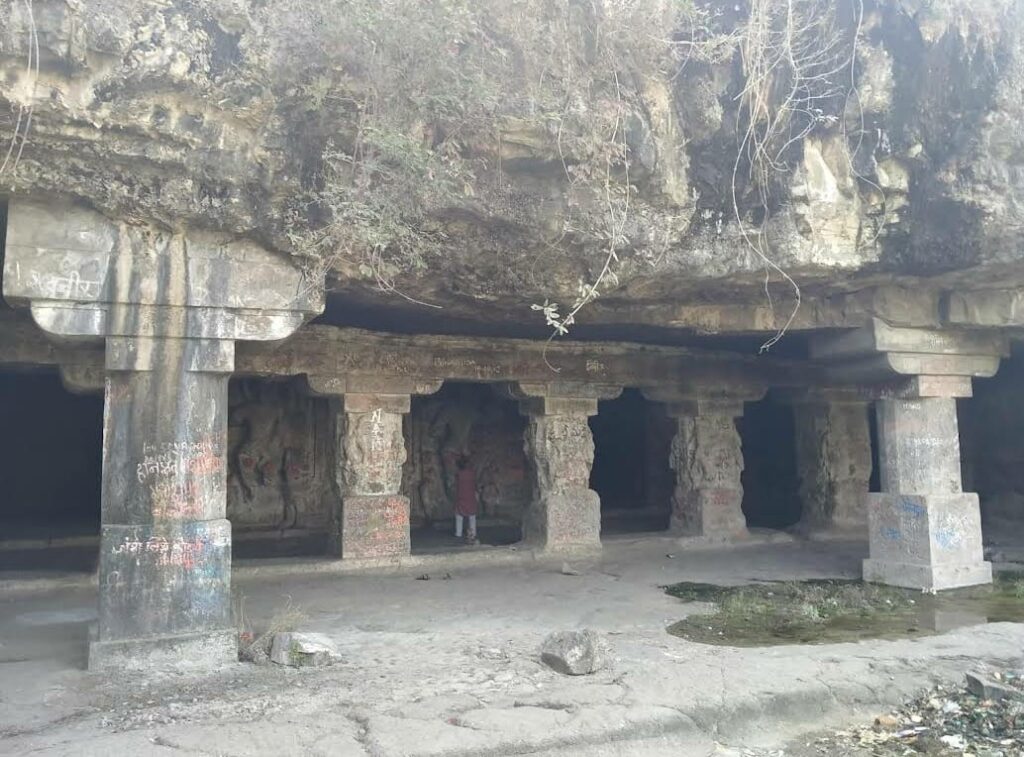
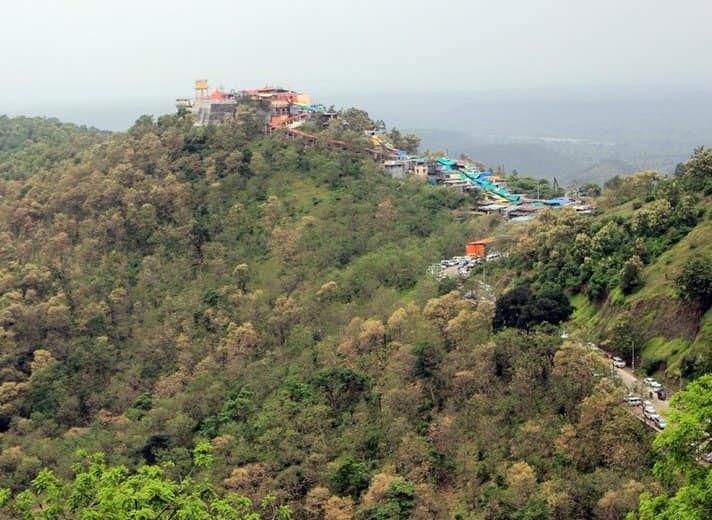
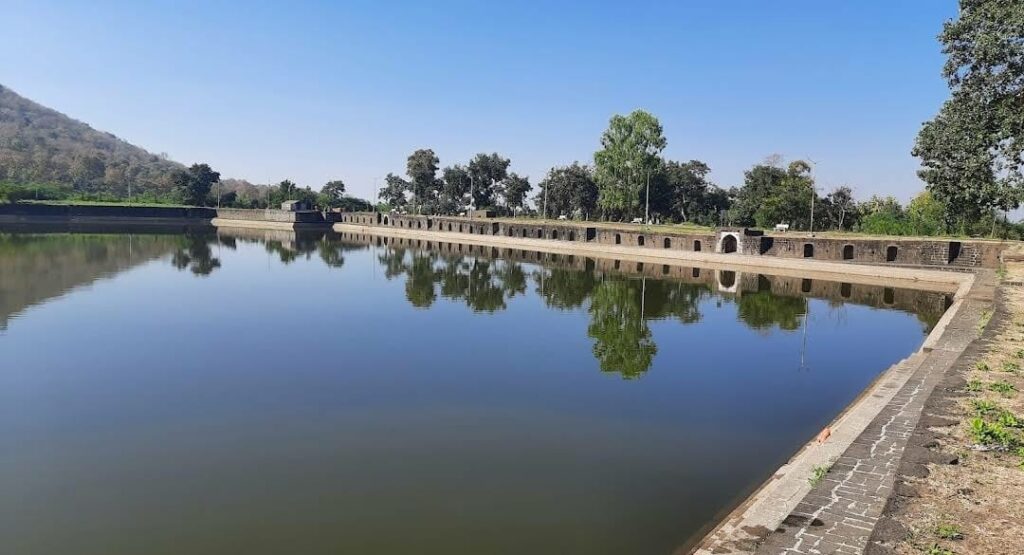
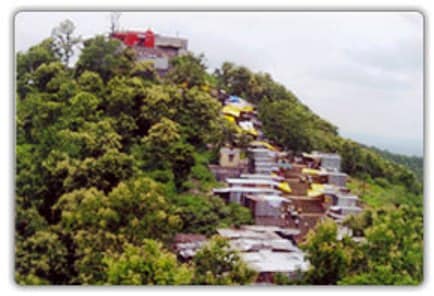
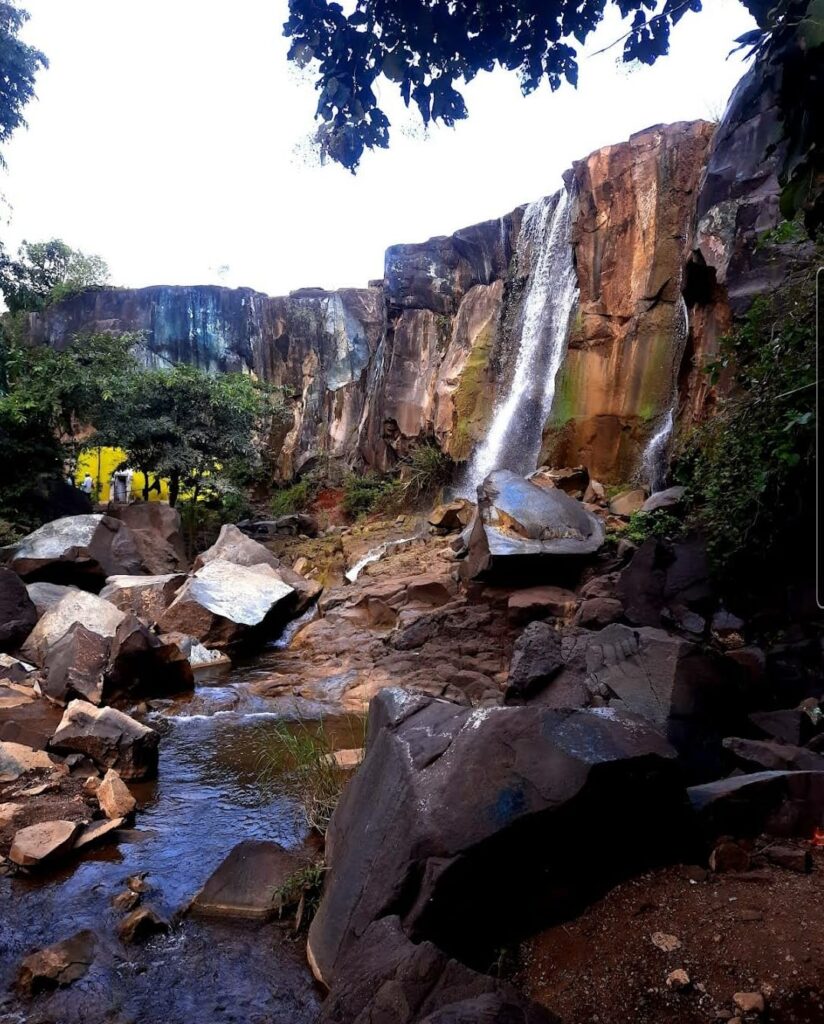

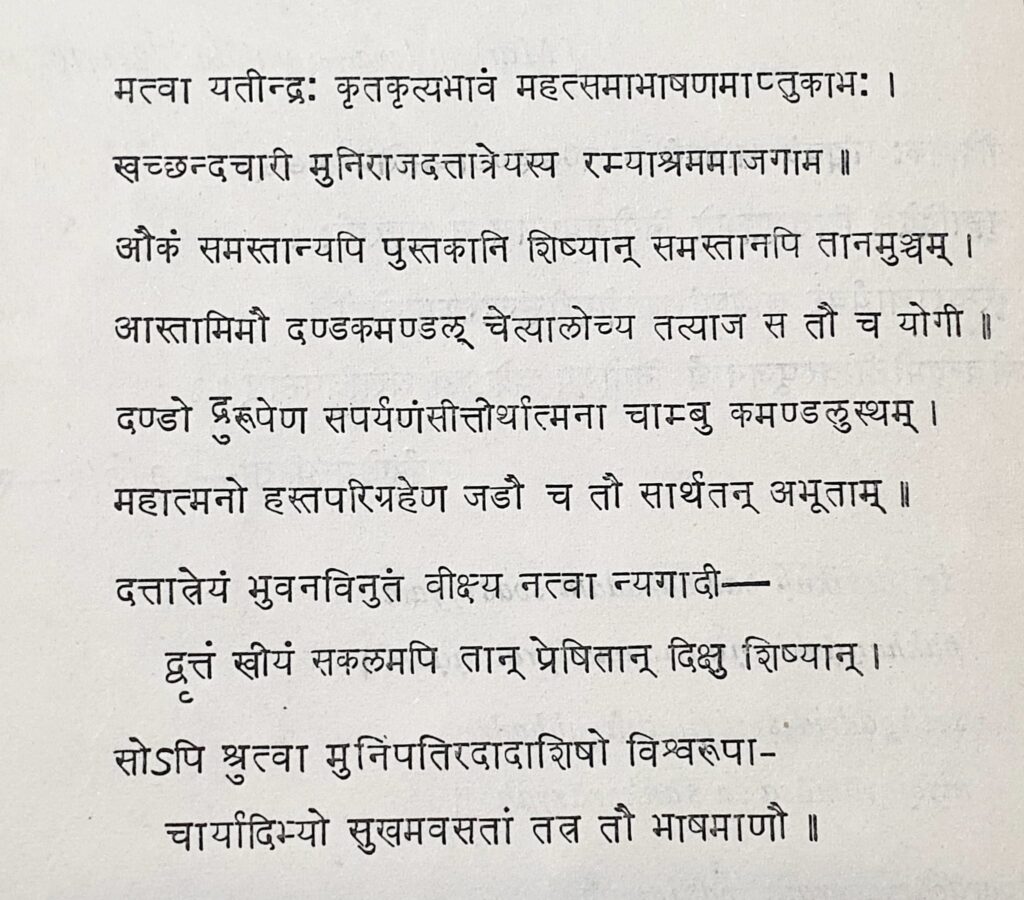
FAQ: Jagadguru Acharya of Tungabhadra Sringeri Matha – Tungabhadrateeravasi
Q: Why is the Jagadguru Acharya of Tungabhadra Sringeri Matha revered with the special title “Tunga Bhadra Teeravasi”?
A:According to Mahavidvan Kasi Sesha Venkatachala Sastri of Mysore, the Birudu ” Tungabhadra Teeravasi” is associated with the Matha founded on Pitha in the confluence of Tunga-Bhadra rivers.
“तुङ्गभद्रातीरवासी”
“शृङ्गेर्याः बहुक्रोशदूरवर्तिनि तुङ्गानद्या भद्रानद्याश्च सङ्गमे (कर्नाटकभाषया कूडल्याख्ये) स्थाने मठं निर्माप्य तत्र विद्याधर्मपीठं च संस्थाप्य तत्पीठाधिकारो येन लब्धस्तेन तुङ्गभद्रातीरवासीति सम्पादितं विरुदम् ।”
He founded a Matha and Vidya-dharma Pitha at the confluence of the Tunga and Bhadra rivers (known as Kudali in Kannada), situated many krosas away from (Tunga) Śṛṅgeri. As a result, the Acharyas came to be known by the title “Tungabhadra – Teeravasi.”
(Bhumika- Sareeraka Meemamsa Bhashyam by Kasi Sesha Venkatachala Sastri, Dharmadhikari & Hereditary Court Pandit of Mysore State, Printed By Venkateswara Steam Press, Bombay, 1913)
